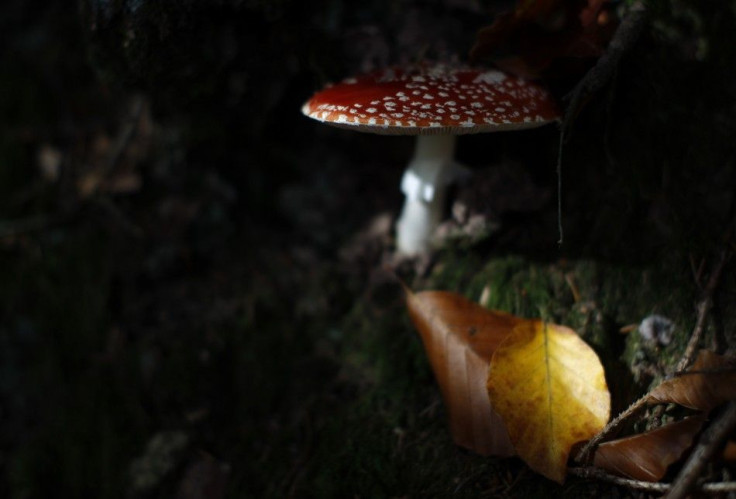Three New Mushroom Species Discovered in London Grocery Store
Scientists Used a Technique Called DNA Barcoding to Identify the New Species

While one would expect to find new species in forests, two mycologists found three new kinds of mushrooms at a local grocery shop in London. Bryn Dentinger and Laura Martinez-Suz are mycologists at the Royal Botanic Gardens, Kew, in London. They had picked up a packet of dried porcini mushrooms from a grocery store and subjected it to scientific testing.
The CBC reported that the scientists used a technique called DNA Barcoding on the mushrooms and found that three of the pieces did not match the DNA of the porcini mushrooms.
According to CBC news, DNA Barcoding is a technique by which the DNA of the sample being tested is compared to the DNA samples of other species that is present in the database. This means that the species is compared to other species that scientists have a record of and are known. if it is not present in their database, they are definitely new species.
Dentiger told CBC science columnist Torah Kachur that the species discovered were not present in their database and had no scientific names, so they were new species in science. He further explained that this discovery was rare as they found three of the 15 pieces sampled belonged to new unidentified species. The technique Dentinger had used was previously used by him while he was researching on mushrooms at the Royal Ontario Museum and the University of Toronto, he said.
The three discovered species were Boletus meiweiniuganjun, Boletus bainiugan, and Boletus shiyong. According to the news site, porcinis belongs to a family of mushrooms that are scientifically called boletes. The Italians named them porcinis and it referred to a "nutty type of mushroom." They are safe for consumption.
Science 2.0. further reported that the three species come from China and most of the porcini mushrooms sold in Europe. FoxNews reported that these mushrooms may have been consumed since decades but were not identified, hence, they are not categorized.
The research is fascinating as it moves towards the mystery of the evolution of the mushroom. Kachur told CBS news that though the mushrooms look the same they are genetically different, and this evolutionary history intrigues scientists. The study is published in the journal PeerJ.




















